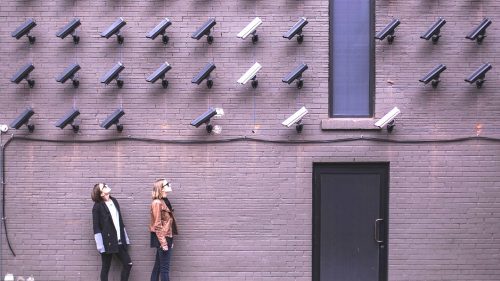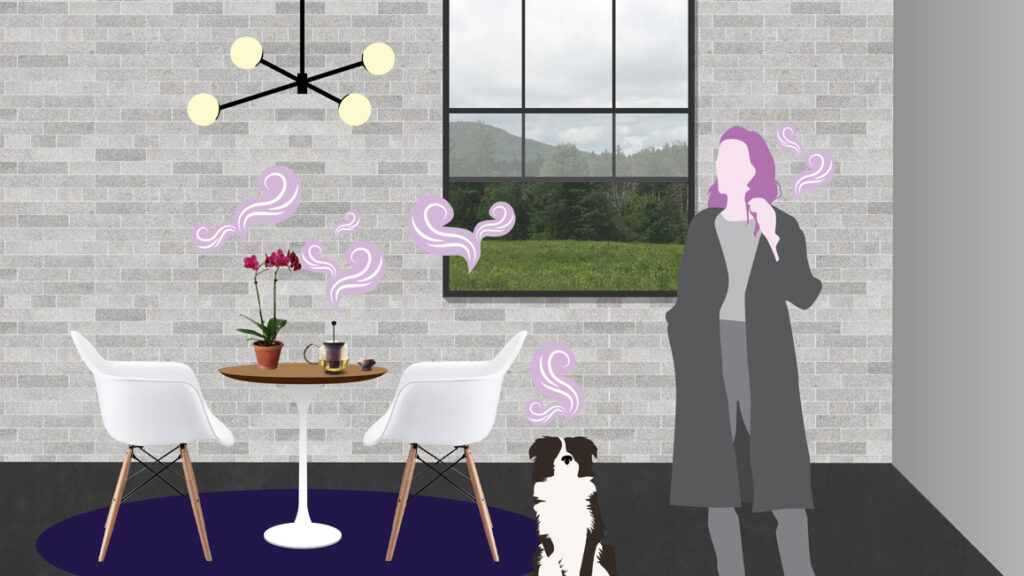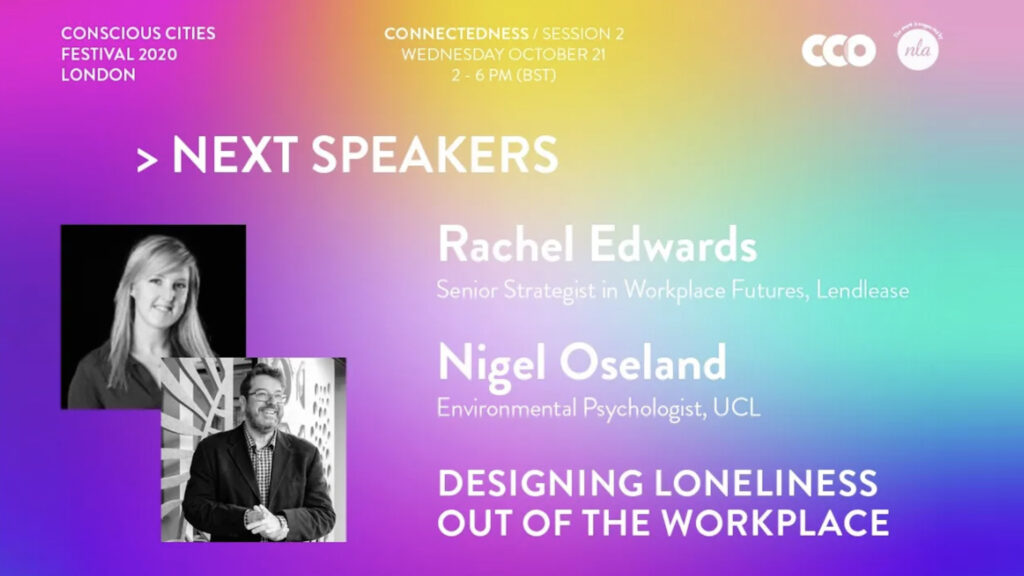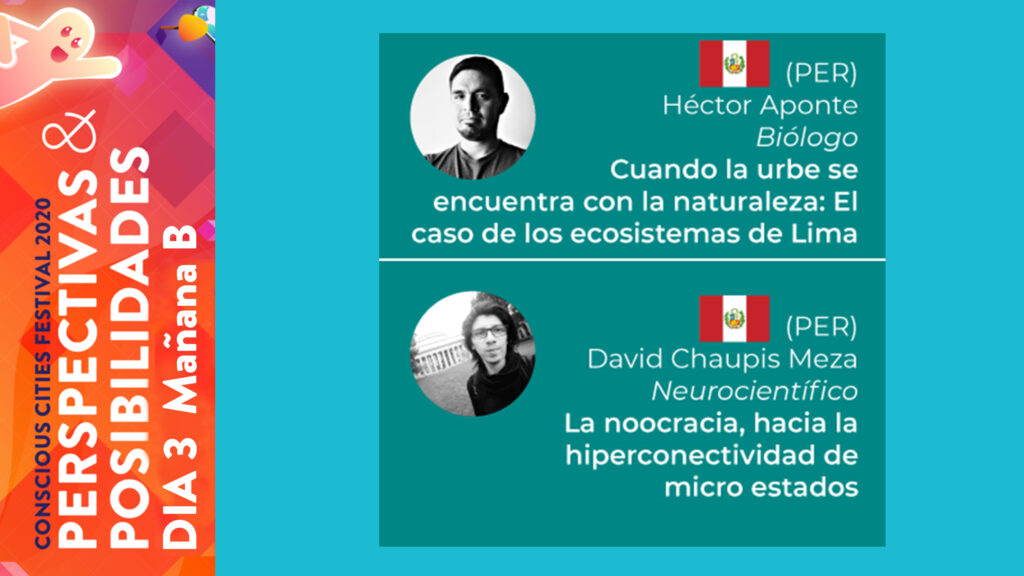The World Health Organization (WHO) has recognized housing as a fundamental social determinant of health (SDH)1. And WHO’s Commission on Social Determinants of Health has stated that access to quality housing is a necessary element in securing social justice and health equity:
“The daily conditions in which people live have a strong influence on health equity. Access to quality housing and shelter and clean water and sanitation are human rights and basic needs for healthy living.”2
For people with challenging behaviors, including those recovering from mental health issues or substance use, access to quality housing is even more critical and potentially beneficial. Unfortunately, due to lack of income, diminished social status, and limited skills to manage a complex marketplace, they are the least able to successfully find and retain a home. Because of these barriers, it is generally the task of government, or provider organizations receiving government support, to create residential options for people with the least resources.
The challenge for government (or its housing provider designees) is offering housing that embraces the values of recovery and wellness, while avoiding the stigma of “institutional confinement” that has, in one form or another (shelters, rehab facilitates, jail, etc.) characterized housing options available to former patients.
Examples of well-meaning, but ultimately unhelpful social controls in government-subsidized housing often include restrictive curfew and visitation policies, requirements that tenants remain substance-free, creating segregated or “disabled-only” communities, and linking service provision and property management functions.
Policies focused on control, and not on social inclusion, only serve to reinforce a message to tenants that they are not to be trusted with a full set of adult responsibilities.
This need-to-control attitude is perhaps understandable within the recent historic context (the past 100 years or so) of treatment strategies for people defined as mentally ill. In most industrialized societies, confinement in psychiatric institutions (“asylums”) was the favored model. As deinstitutionalization unfolded from the 1960s onward, community-based housing strategies began to emerge, most of which carried with them elements of institutional control.
Most of the early post-institutional housing available for former patients had limited government support, beyond the rent people could afford with the income they received from “disability subsidies,” such as the Supplemental Security Income (SSI) program in the U.S3. In some instances family members and other advocates bought or leased underused properties, such as motels, SRO hotels, or tenement buildings and set up makeshift programs using whatever resources they could find.
By far, the primary source of housing for ex-patients was usually the least desirable stock available: skid row rooming houses, former resort inns that had fallen out of favor, and older hotels in large cities.
Eventually, even this low-cost, derelict housing resource was lost to the effects of gentrification and urban renewal. In New York City alone, it is estimated that over 100,000 low-cost units were lost during the 1980s4. As a consequence, the rolls of homeless people began to rise as well as the number of people with behavioral health needs in prisons and jails.
The Supportive Housing Model
It was within this context, in 1991, that the Corporation for Supportive Housing (CSH) was formed in New York City to address the housing needs of formerly homeless and institutionalized people with complex behavioral health needs. Initially, CSH research relied heavily upon the most successful models that had been developed by non-profit homeless housing providers, an ad hoc collective that formed the “SRO Providers Group,” which then became the state-wide Supportive Housing Network of New York (SHNNY)5.
CSH and SHNNY were the catalyst, in 1990, for the first full-scale supportive housing initiative in the U.S., called the New York/New York Agreement, which committed city and state resources to build and operate 5,000 units for homeless people with mental illness6.
This successful public investment was documented to cost less than allowing people to remain homeless7 and led to two more rounds of “NY/NY” funding, a state-wide mental health housing campaign, and two new, multi-year, financing schemes for developing supportive housing in New York City and statewide8. In total, over 16,000 units have been created since the inception of the first NY/NY program and there is a financing pipeline for 35,000 more units to be developed over the next few years9.
CSH is now a national organization working in 48 states throughout the U.S. and has assisted communities and organizations create and manage over 200,000 units of housing for their most vulnerable citizens.
CSH has identified several key principles for creating high quality supportive housing:
- Housing is affordable with no artificial time limits on residency
- Individuals can access housing with no preconditions or requirements for sobriety or treatment compliance
- Individuals in supportive housing have access to an array of flexible services that are available as needed and are completely voluntary
- Housing services promote full community integration by facilitating employment, volunteerism, social activities, and tenant-led community activities10.
Converting these core principles into day-to-day practice is a major challenge for many provider organizations, because of the fundamental set of beliefs and values most providers bring to the work, i.e., that the people they are helping are ill and require a clinically-informed intervention.
Getting Past the Diagnosis
This provider/expert-dependent/client dynamic creates huge challenges if the goal is to create a home-like environment for people who have traditionally only been offered institutional options that require compliance with medication regimes and other rules that don’t exist for “normal” tenants.
This is not to suggest that people who seek help do not have severe challenges, which may be cognitive, physical, emotional, or all the above. Ignoring these limitations and allowing people to make decisions without considering any of consequences would be neglect. Therefore, a balance is required that defaults to individual responsibility but protects both the individual and the community they live in from harm.
A more useful framework when considering services and supports is one based on trauma-informed care, which recognizes that people’s life experiences are unique and can have profound implications for the way they behave and perceive the world around them. The sources of this trauma can be many: adverse childhood experiences, extreme poverty, racism, and physical and emotional abuse.
(In fact, it can be argued that many forms of mental health treatment itself can induce trauma, starting with the experience in a psychiatric emergency room and continuing through long periods of involuntary confinement and forced compliance with a regime of psychotropic medications.)
A Recovery-Oriented Model of Supportive Housing
Creating housing that respects the rights and dignity of its tenants requires an overall organizational focus that embraces this philosophy.
The organization I formerly led (between 1979 and 2019), Community Access in New York City, adopted a peer-informed, recovery-oriented approach beginning in 1991. This effort included the hiring of a nationally recognized peer advocate, Howard Geld (Howie The Harp), to be a member of the management team and embark on a top-down review of organization’s policies, procedures, and practices related to program design and delivery; hiring and training of staff; and strategic vision.
By the time of Howie’s untimely death in 1995, the organization had made several key strides: a commitment to creating a workforce in which at least 51% of the staff members were people with a lived experience11; the establishment of an academy to train formerly homeless, incarcerated, and institutionalized individuals with mental health concerns to become human services professionals12; and the creation of the first supportive housing project in the U.S. that integrated formerly homeless people recovering from mental health issues with families and children, many of whom had been homeless as well13.
By 2023, Community Access will have built nearly 2,000 apartments in buildings that integrate affordable units with units set aside for formerly people with “special needs.” All of the tenants in these buildings hold leases and are protected by—and subject to—the same landlord-tenant statutes and guidelines as any other New York City housing tenant. All tenants must also abide by house rules that are standard for the housing industry city-wide.
Beyond guaranteeing tenant rights, the organization has focused its services and supports on the social determinants of health, which range from encouraging pet adoption (Pet Access); urban farming; installing indoor and outdoor exercise equipment; computer labs and free universal WiFi at all sites; linkage to quality health care services; front-desk service built on a concierge model; and, most fundamentally, the recruitment, hiring, and training of staff who embrace the values of recovery and provide a bridge to the broader community.
Central to this transformation was the adoption of non-medical terminology to describe people who have been diagnosed as “mentally ill.”If service recipients are viewed as truly ill and disabled, then these supports will be designed by service experts according to what they perceive as being in the best interest of the person in need. Non-medical language converts a “patient” to a person, who can be an equal partner in defining what services and supports they want.14
This approach has proven to be highly successful in improving the quality of life of the formerly homeless tenants, many with a myriad of chronic physical and behavioral health concerns. Despite the deep poverty that nearly all tenants experience, occupancy turnover rates are less than 5% annually (for all causes), the properties are financially stable, use of emergency services has dropped dramatically, and tenants have engaged in a range of volunteer and paid employment that would have been unimaginable prior to securing a stable home.
Summary
The physical appearance of “supportive housing” can take many forms, from large apartment complexes typical in New York City, to small scale buildings with 4 to 6 units, to single flats scattered in the community. Regardless of these distinctions, it is imperative that people are given access to a home that is free of artificial service and treatment requirements. And further, when disputes and problems do occur, they are responded to within the context of the laws and guidelines that guide the rest of society.
This is much easier said than done, which is why the entire provider organization needs to be aware of the inherent challenges and, ultimately, the rewards of a recovery-oriented approach.
References
- World Health Organization 2003. Social Determinants of Health: The Solid Facts. 2nd Edition. Edited by Richard Wilkinson and Michael Marmot.
- WHO Final Report of the Commission on Social Determinants of Health 2008. Closing the gap in a generation: health equity through action on the social determinants of health
- Created by the Social Security Amendments of 1972 (Public Law 92-603), the SSI program came into effect in 1974 and was developed to replace disparate state-based benefit programs for the needy aged, blind, and disabled. The program was intended to provide another form of income support to particularly disadvantaged households. https://www.ncbi.nlm.nih.gov/books/NBK332900/
- Brian J. Sullivan & Jonathan Burke, Single-Room Occupancy Housing in New York City: The Origins and Dimensions of a Crisis, 17 CUNY L. Rev. 113 (2013).
- https://shnny.org/learn-more/what-is-supportive-housing/history-of-supportive-housing
- History of NY/NY Agreement: https://shnny.org/blog/entry/eight-reasons-why-the-new-york-new-york-agreement-made-supportive-housing-a
- Culhane Report: https://www.hudexchange.info/resource/909/ny-impact-supportive-housing-homeless-mentally-ill-individuals/
- Overview of NY/NY agreements: https://shnny.org/budget-policy/nyc/ny-ny
- NY/NY total units: https://www.cucs.org/wp-content/uploads/2018/05/NY-NY-I-II-III-Housing-Eligibility-2018.pdf New York City and State unit pipeline: https://shnny.org/images/uploads/Mayor’sPressRelease15%2C000Units.pdf and https://shnny.org/blog/entry/empire-state-supportive-housing-initiative-esshi/
- Corporation for Supportive Housing July 2014. Housing is the Best Medicine: Supportive Housing and the Social Determinants of Health.
- As of 2019, it is estimated that over 45% of Community Access’ 450 staff members have received treatment services for behavioral health issues, including crisis, inpatient, and addiction services.
- Over 2,000 individuals have graduated from Howie The Harp peer training programs in the U.S. and the Netherlands.
- A 50-unit building that includes 22 units for former state hospital patients, 14 formerly homeless families, and 14 low-income families. In 2020, the agency will open a 215-unit building, with 50% of the tenants being formerly homeless.
- The psychiatrist Thomas Szasz used the phrase “people with disturbed or disturbing behaviours” when describing those who had been diagnosed with mental illness. Others have used terms such as “experts by experience,” marginalized people, and people with behavior that is misunderstood.









